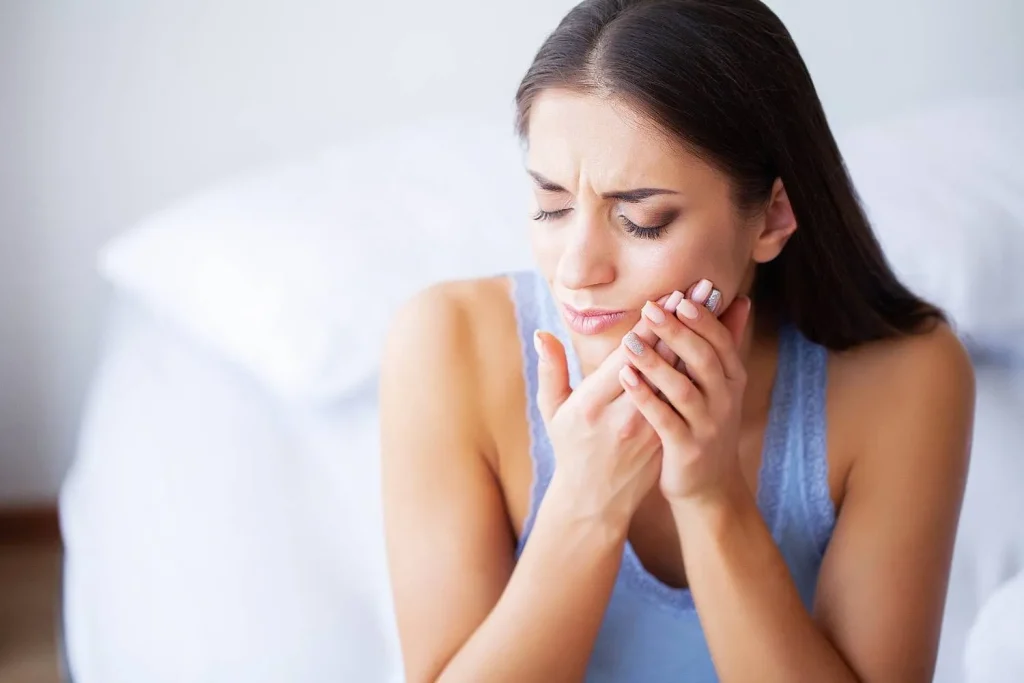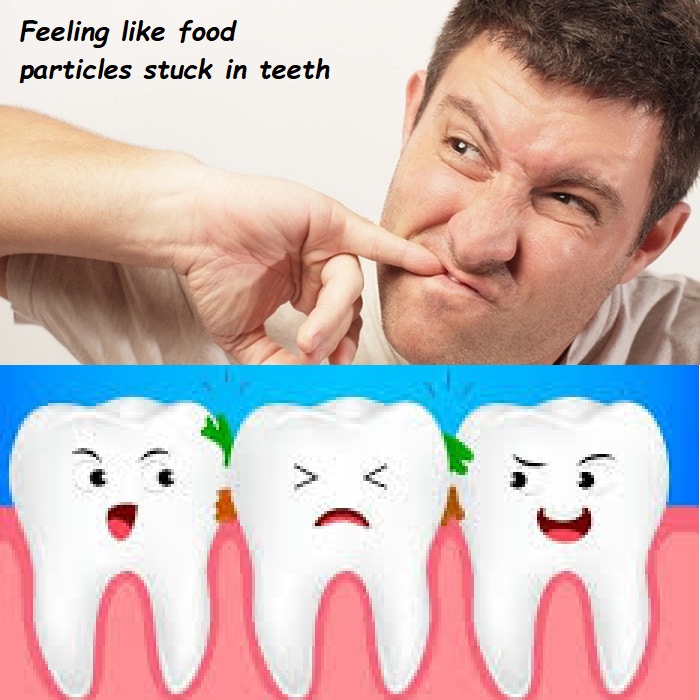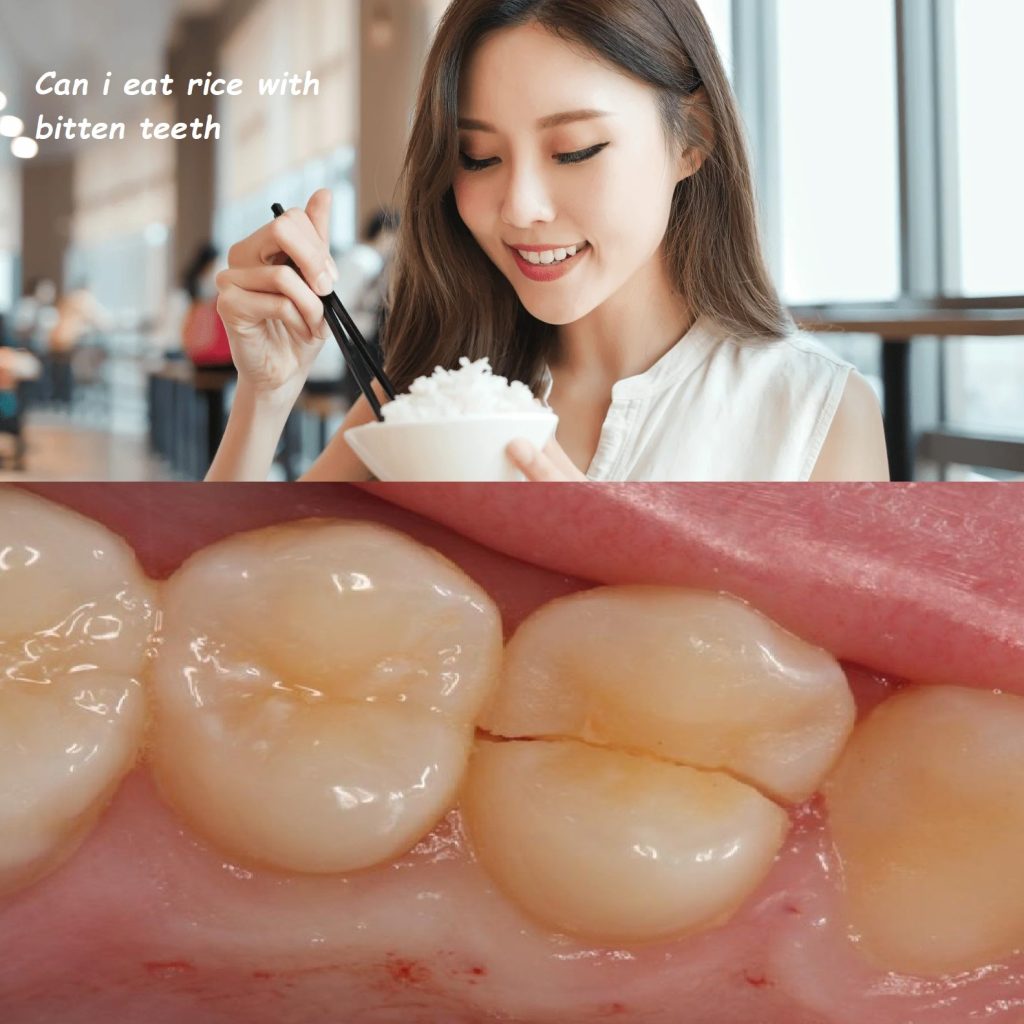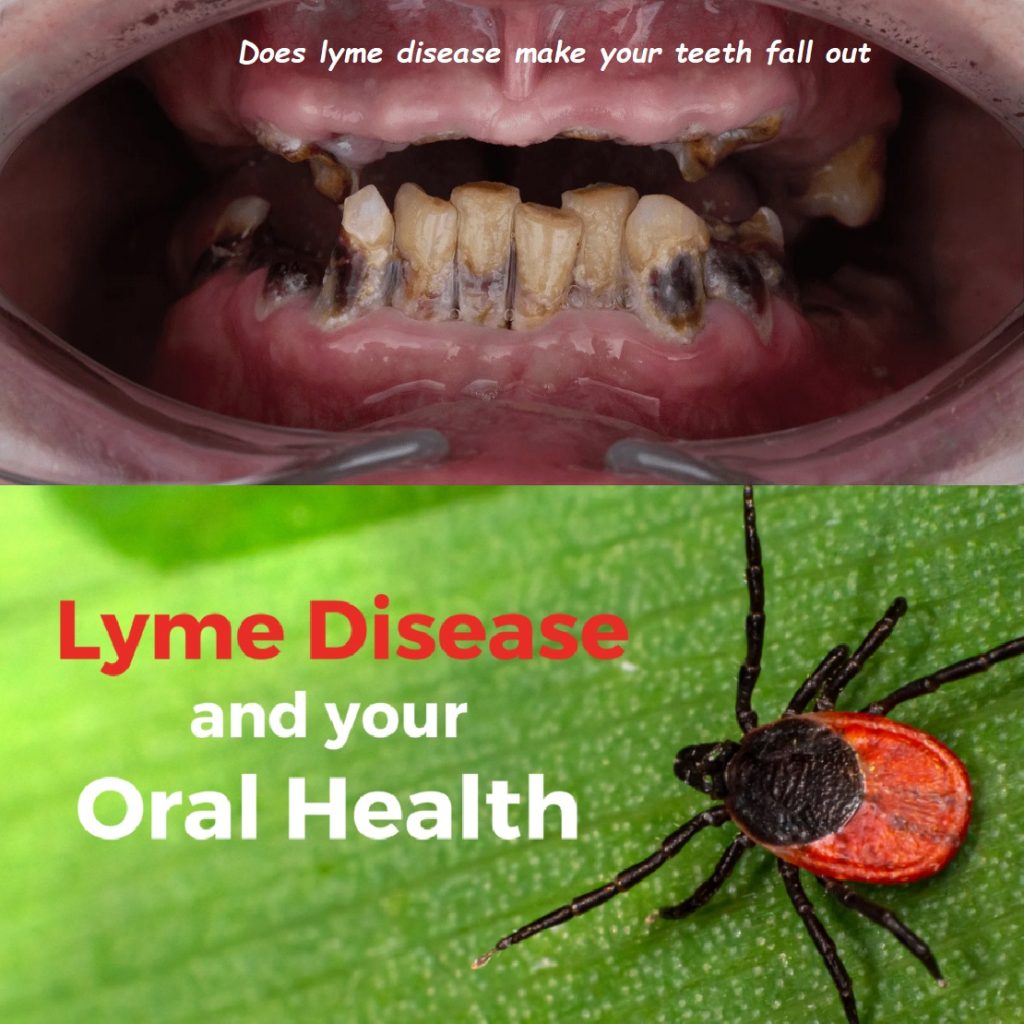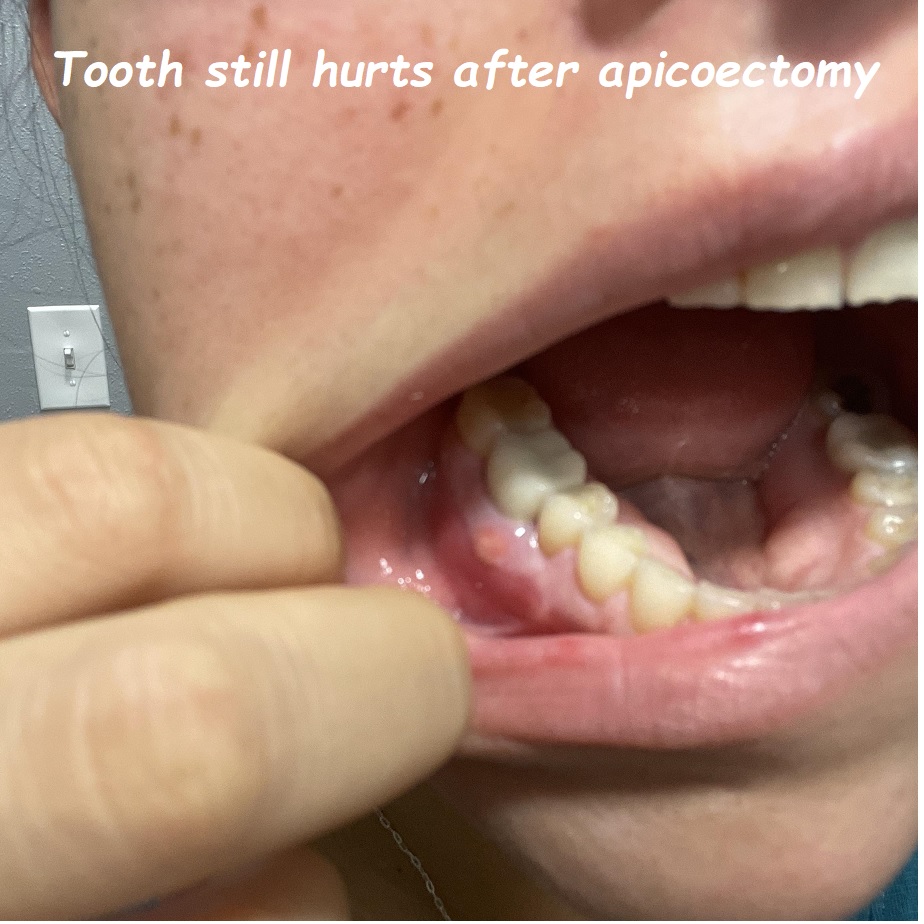unbearable pain after teeth whitening
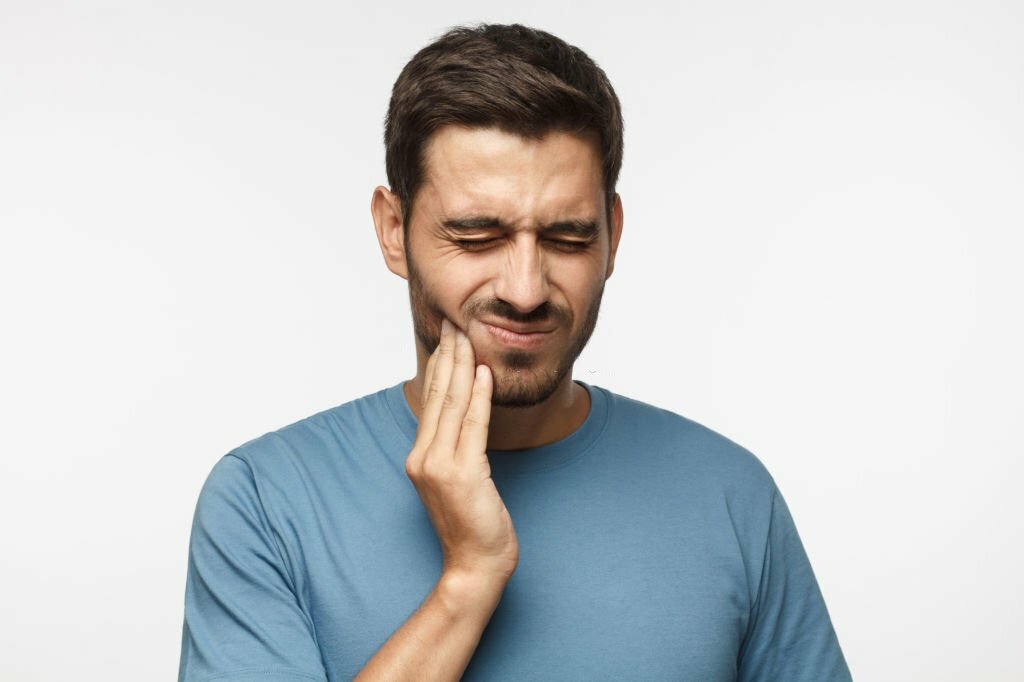
Unbearable Pain After Teeth Whitening: Causes, Prevention, and Treatment
Teeth whitening has become an increasingly popular cosmetic dental procedure, offering individuals a brighter and more confident smile. However, for some, this quest for pearly whites can come with a significant downside: unbearable pain after teeth whitening. This article delves into the causes of such pain, how to prevent it, and effective treatments to alleviate discomfort.
Understanding Teeth Whitening
Teeth whitening is a cosmetic procedure aimed at lightening the color of the teeth. It can be done using various methods, including professional in-office treatments, at-home kits prescribed by dentists, and over-the-counter products. The primary goal is to remove stains and discoloration caused by factors such as aging, consumption of staining substances (like coffee, tea, and red wine), smoking, and certain medications.
Common Teeth Whitening Methods
- In-Office Whitening: This method involves applying a high-concentration bleaching agent to the teeth under professional supervision. The process often includes the use of light or laser to enhance the whitening effect.
- At-Home Whitening Kits: These kits, provided by dentists, contain custom-fitted trays and a lower concentration of bleaching agent. They are designed for use over a longer period, typically a few weeks.
- Over-the-Counter Products: These include whitening strips, gels, toothpaste, and rinses available without a prescription. They generally have a lower concentration of bleaching agents compared to professional treatments.
Causes of Unbearable Pain After Teeth Whitening
While teeth whitening is generally considered safe, some individuals may experience unbearable pain after the procedure. The pain can vary from mild sensitivity to intense, throbbing discomfort. Understanding the underlying causes can help in managing and preventing this issue.
1. Tooth Sensitivity
Tooth sensitivity is the most common cause of pain after teeth whitening. This occurs when the enamel (the protective outer layer of the teeth) becomes temporarily permeable, allowing the bleaching agents to penetrate the dentin (the underlying layer). The dentin contains microscopic tubules that lead to the tooth’s nerve center, causing heightened sensitivity to temperature, pressure, and certain foods.
2. Gum Irritation
During the whitening process, the bleaching agents can sometimes come into contact with the gums, leading to irritation and pain. This is more likely to occur with over-the-counter products that are not custom-fitted to the individual’s mouth, causing the bleaching gel to spill over onto the gums.
3. Pre-existing Dental Conditions
Individuals with pre-existing dental conditions such as cavities, exposed roots, cracked teeth, or gum disease may be more prone to experiencing unbearable pain after teeth whitening. The bleaching agents can exacerbate these conditions, leading to increased sensitivity and discomfort.
4. Overuse of Whitening Products
Excessive use of teeth whitening products can strip away the enamel, increasing the risk of sensitivity and pain. Overuse can also lead to uneven whitening, further complicating the issue.
5. Individual Variability
Genetic factors and individual variability in tooth composition can play a role in how one reacts to teeth whitening treatments. Some people may naturally have more sensitive teeth and are therefore more likely to experience pain after the procedure.
Prevention of Unbearable Pain After Teeth Whitening
Preventing unbearable pain after teeth whitening involves a combination of pre-treatment precautions, proper application techniques, and post-treatment care. Here are some effective strategies:
1. Consult with a Dentist
Before undergoing any teeth whitening procedure, it’s crucial to consult with a dentist. A dental professional can assess your oral health, identify any potential risk factors, and recommend the most appropriate whitening method for you. They can also provide guidance on managing sensitivity and preventing gum irritation.
2. Choose the Right Whitening Method
Opting for professional in-office whitening or dentist-prescribed at-home kits can significantly reduce the risk of unbearable pain after teeth whitening. These methods are customized to fit your dental profile, ensuring a safer and more controlled application of bleaching agents.
3. Use Desensitizing Products
Using desensitizing toothpaste or gels containing ingredients like potassium nitrate or fluoride can help minimize tooth sensitivity before and after the whitening procedure. These products work by blocking the pain signals from the tooth’s nerve center.
4. Follow Instructions Carefully
Whether using professional treatments or over-the-counter products, it’s essential to follow the instructions carefully. Avoid leaving the whitening agents on your teeth for longer than recommended, as this can increase the risk of sensitivity and irritation.
5. Take Breaks Between Treatments
Giving your teeth time to recover between whitening sessions can help prevent enamel damage and reduce sensitivity. Avoid consecutive treatments and space them out according to your dentist’s recommendations.
6. Maintain Good Oral Hygiene
Maintaining good oral hygiene is crucial for overall dental health and can help prevent sensitivity and pain after teeth whitening. Brush your teeth twice daily with a soft-bristled toothbrush, floss regularly, and use a fluoride mouthwash to strengthen your enamel.
Treatment for Unbearable Pain After Teeth Whitening
If you experience unbearable pain after teeth whitening, several treatments and remedies can help alleviate the discomfort. Here are some effective options:
1. Desensitizing Toothpaste
Using a desensitizing toothpaste can provide relief from tooth sensitivity. These toothpastes contain compounds that help block pain signals and reduce sensitivity. Brush with the desensitizing toothpaste twice daily for the best results.
2. Over-the-Counter Pain Relievers
Over-the-counter pain relievers like ibuprofen or acetaminophen can help manage the pain associated with teeth whitening. Follow the dosage instructions on the packaging and consult with your doctor if you have any underlying health conditions.
3. Avoid Hot and Cold Foods
In the days following your teeth whitening treatment, avoid consuming hot and cold foods and beverages, as these can trigger sensitivity and exacerbate pain. Opt for lukewarm or room-temperature foods to minimize discomfort.
4. Use a Soft-Bristled Toothbrush
Switching to a soft-bristled toothbrush can help reduce irritation and sensitivity after teeth whitening. Hard-bristled toothbrushes can be too abrasive and may further aggravate sensitive teeth and gums.
5. Rinse with Salt Water
Rinsing your mouth with a warm saltwater solution can help soothe irritated gums and reduce inflammation. Mix half a teaspoon of salt in a glass of warm water and swish it around your mouth for about 30 seconds before spitting it out.
6. Apply a Fluoride Gel or Varnish
Your dentist may recommend applying a fluoride gel or varnish to your teeth to help strengthen the enamel and reduce sensitivity. This treatment can be done in-office and provides long-lasting relief from sensitivity.
7. Avoid Acidic Foods and Beverages
Acidic foods and beverages, such as citrus fruits, tomatoes, and carbonated drinks, can erode the enamel and increase sensitivity. Avoid these items in the days following your whitening treatment to prevent further pain and discomfort.
8. Consider Professional Desensitizing Treatments
If over-the-counter remedies are not effective, your dentist may offer professional desensitizing treatments. These treatments involve applying a high-concentration desensitizing agent to the teeth, providing more potent and immediate relief from sensitivity.
9. Wear a Mouthguard
If you experience severe sensitivity, your dentist may recommend wearing a custom-fitted mouthguard, especially at night. This can help protect your teeth from further irritation and reduce the risk of pain.
10. Avoid Whitening Products Temporarily
If the pain is unbearable, it may be best to avoid any further use of whitening products until your teeth and gums have fully recovered. Continuing to use whitening products can exacerbate the sensitivity and prolong the pain.
Conclusion
While teeth whitening can offer a brighter and more confident smile, it can also lead to unbearable pain for some individuals. Understanding the causes of this pain, taking preventive measures, and seeking appropriate treatments can help manage and alleviate discomfort. Always consult with a dental professional before undergoing any whitening procedure to ensure the best possible outcome and minimize the risk of pain. By following proper guidelines and caring for your teeth, you can achieve a beautiful smile without the burden of unbearable pain after teeth whitening.
How Do You Make My Teeth Stop Hurting After Whitening?
Experiencing pain after teeth whitening can be uncomfortable, but there are several effective ways to alleviate the discomfort. Here’s a detailed approach to managing the pain:
- Immediate Steps:
- Rinse with Lukewarm Water: Swishing lukewarm water in your mouth can soothe irritated gums and reduce sensitivity.
- Over-the-Counter Pain Relievers: Medications such as ibuprofen or acetaminophen can help manage pain. Follow the dosage instructions on the package.
- Home Remedies:
- Cold Compress: Applying a cold compress to the outside of your mouth can help reduce inflammation and numb the area, providing temporary relief from pain.
- Clove Oil: Known for its analgesic and anti-inflammatory properties, clove oil can be applied directly to the affected area using a cotton swab. Be sure to dilute it with a carrier oil to prevent irritation.
- Desensitizing Products:
- Desensitizing Toothpaste: Using toothpaste designed for sensitive teeth, such as Sensodyne, can help build a protective barrier over the enamel and reduce sensitivity.
- Fluoride Rinse: A fluoride mouthwash can help strengthen the enamel and reduce pain. Use it daily as part of your oral care routine.
- Dietary Adjustments:
- Avoid Hot and Cold Foods: Extreme temperatures can trigger pain in sensitive teeth. Opt for lukewarm foods and beverages.
- Limit Acidic and Sugary Foods: Foods high in acid and sugar can further erode enamel and increase sensitivity. Avoid citrus fruits, sodas, and sweets during the healing period.
- Professional Treatments:
- Consult Your Dentist: If pain persists, schedule an appointment with your dentist. They can provide professional desensitizing treatments, such as fluoride varnishes or gels, which are more concentrated and effective than over-the-counter options.
- Adjust Whitening Treatments: If you’re using at-home whitening kits, consider reducing the frequency or concentration of the whitening agent. Your dentist can help you adjust the treatment plan to minimize discomfort.
By following these steps, you can effectively manage and reduce the pain associated with teeth whitening, ensuring a more comfortable experience.
How Long Does Toothache Last After Whitening?
The duration of toothache after whitening can vary depending on the individual and the method used. Here’s what you can generally expect:
- Normal Sensitivity:
- Duration: Most people experience some level of tooth sensitivity after whitening, which typically lasts for a few days to a week. This is considered a normal response to the whitening agents penetrating the enamel and reaching the dentin.
- Severity of Pain:
- Mild to Moderate Sensitivity: For those experiencing mild to moderate sensitivity, the discomfort usually subsides within 24 to 48 hours. Over-the-counter pain relievers and desensitizing toothpaste can help manage this temporary sensitivity.
- Severe Pain: If the pain is severe and persists beyond a week, it may indicate an underlying issue such as enamel erosion or pre-existing dental problems. In such cases, it’s essential to consult a dentist for a thorough examination and appropriate treatment.
- Factors Influencing Duration:
- Type of Whitening Treatment: In-office treatments tend to cause more immediate but short-lived sensitivity, while at-home treatments may result in prolonged sensitivity due to repeated application of the whitening agent.
- Pre-existing Dental Conditions: Individuals with conditions such as gum recession, cavities, or exposed roots may experience prolonged sensitivity and pain after whitening.
- Whitening Agent Concentration: Higher concentrations of whitening agents can lead to increased sensitivity and longer-lasting discomfort.
To minimize the duration of toothache after whitening, it’s important to follow post-whitening care instructions provided by your dentist, use desensitizing products, and avoid irritants such as hot, cold, acidic, and sugary foods.
Does Sensodyne Help with Tooth Pain?
Yes, Sensodyne can help with tooth pain, especially pain related to sensitivity. Here’s how it works and why it’s effective:
- Active Ingredients:
- Potassium Nitrate: This ingredient helps soothe the nerves inside the teeth, reducing sensitivity. It works by blocking the pathways that transmit pain signals from the surface of the tooth to the nerves.
- Stannous Fluoride: This compound helps strengthen the enamel and creates a protective barrier over the sensitive areas of the teeth, preventing pain triggers such as hot, cold, and acidic foods from reaching the nerves.
- How Sensodyne Works:
- Blocking Pain Signals: Potassium nitrate helps desensitize the nerves within the teeth, reducing the sensation of pain. With regular use, Sensodyne can provide ongoing relief from tooth sensitivity.
- Strengthening Enamel: Stannous fluoride helps remineralize and strengthen the enamel, making it more resistant to external triggers that cause sensitivity and pain.
- Usage and Effectiveness:
- Daily Use: For best results, Sensodyne should be used as a regular toothpaste, twice a day. Consistent use helps build up the protective effects and maintains reduced sensitivity.
- Immediate Relief: While some people may experience immediate relief, it typically takes a few days to a week of regular use to notice significant improvement in sensitivity.
- Professional Recommendation:
- Dentist’s Advice: Many dentists recommend Sensodyne or similar desensitizing toothpaste to patients who experience tooth sensitivity, including those who have undergone teeth whitening treatments.
By incorporating Sensodyne into your daily oral care routine, you can effectively manage and reduce tooth pain caused by sensitivity, leading to more comfortable eating and drinking experiences.
What to Do When All My Teeth Hurt?
Experiencing pain in all your teeth can be alarming and may indicate an underlying issue that needs attention. Here’s a comprehensive approach to addressing this problem:
- Identify the Cause:
- Teeth Whitening Sensitivity: If the pain started after a whitening treatment, it could be due to increased sensitivity from the whitening agents.
- Gum Disease: Inflamed gums can cause widespread tooth pain. Look for signs of gum disease such as redness, swelling, or bleeding.
- Bruxism (Teeth Grinding): Grinding your teeth, especially at night, can cause widespread tooth pain and sensitivity.
- Sinus Infection: Sometimes, a sinus infection can cause pressure and pain in the upper teeth. This is due to the proximity of the sinus cavities to the roots of the upper teeth.
- Cavities or Decay: Multiple cavities or extensive decay can lead to widespread tooth pain.
- Immediate Relief:
- Over-the-Counter Pain Relievers: Medications like ibuprofen or acetaminophen can help reduce pain and inflammation.
- Saltwater Rinse: Gargling with a warm saltwater solution can help reduce inflammation and kill bacteria in the mouth, providing temporary relief.
- Cold Compress: Applying a cold compress to the outside of your cheeks can help numb the pain and reduce swelling.
- Home Care:
- Desensitizing Toothpaste: Use a toothpaste designed for sensitive teeth to help reduce overall tooth sensitivity.
- Avoid Triggers: Stay away from hot, cold, acidic, and sugary foods and beverages that can exacerbate the pain.
- Proper Oral Hygiene: Brush and floss regularly to maintain good oral health and prevent further irritation.
- Seek Professional Help:
- Visit Your Dentist: If the pain persists or is severe, schedule an appointment with your dentist. They can diagnose the underlying cause and provide appropriate treatment.
- Dental Treatments: Depending on the cause, treatments may include fillings for cavities, deep cleaning for gum disease, or custom mouthguards for bruxism.
- Preventive Measures:
- Regular Dental Check-ups: Regular visits to the dentist can help catch and treat problems early, preventing widespread pain.
- Healthy Diet: Maintain a balanced diet low in sugar and acidic foods to protect your teeth from decay and erosion.
- Stress Management: If bruxism is the cause, stress management techniques such as meditation, exercise, or therapy can help reduce teeth grinding.
By taking these steps, you can address the immediate pain and work towards identifying and treating the underlying cause of widespread tooth pain. Prioritizing professional dental care and maintaining good oral hygiene will help prevent future occurrences.
4o

